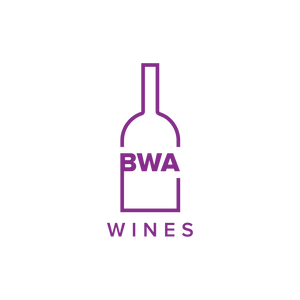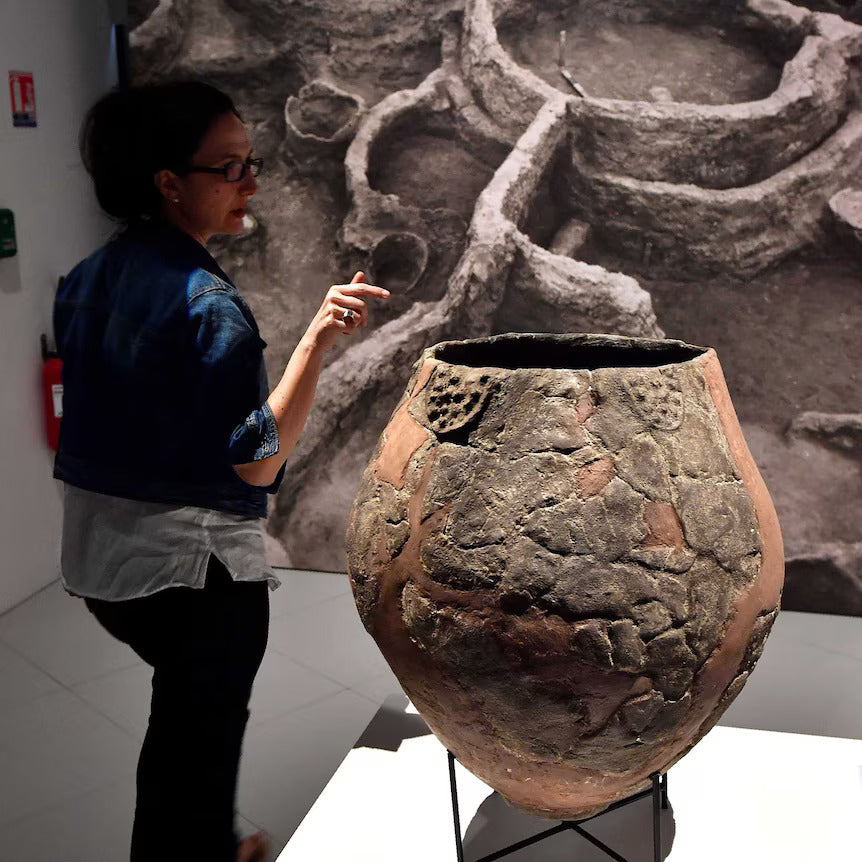Winemaking, the ancient art of transforming grapes into wine, has a rich and fascinating history that spans millennia, cultures, and continents. As a wine advisor, I often encounter questions about where and how winemaking began, how techniques evolved, and which wines today pay homage to this long-standing tradition. Understanding the origins of winemaking not only deepens one’s appreciation for a fine glass of wine but also connects us to a practice that has been refined over generations.
In this article, I will take you through the earliest known origins of winemaking, explore key developments across ancient civilizations, and recommend some outstanding wines that reflect the heritage and quality of this time-honored craft.
The Birth of Winemaking: The Cradle of Civilization
The origins of winemaking can be traced back to the Neolithic period (around 6000–4000 BCE), with evidence pointing to the region of the South Caucasus, specifically modern-day Georgia. Archaeological findings indicate that the early inhabitants of this region cultivated wild grapevines and stored grape juice in earthenware vessels known as qvevri, allowing natural fermentation to occur. The qvevri method, still used in Georgia today, produces wines that are often earthy, complex, and rich in history.
In 2017, archaeologists uncovered pottery fragments in Georgia dating back to 6000 BCE, containing residue of tartaric acid—a telltale sign of fermentation. These findings firmly established Georgia as the birthplace of winemaking. Georgian wines such as Saperavi and Rkatsiteli still carry the legacy of these ancient techniques.
Ancient Winemaking in the Fertile Crescent
Following the discovery of winemaking in the South Caucasus, the practice spread to the Fertile Crescent—an area that included parts of present-day Iran, Turkey, and Armenia. Excavations at the Areni-1 cave complex in Armenia revealed a fully equipped winery dating back to approximately 4100 BCE. This ancient winery included fermentation vats, grape presses, and storage vessels, suggesting that winemaking was already a well-established practice in the region.
Persia (Iran) also contributed to the growth of winemaking, with references to wine consumption found in ancient Persian texts and inscriptions. Wine became not only a staple of daily life but also an integral part of religious rituals and celebrations.
The Influence of Egypt and the Mediterranean
By 3000 BCE, winemaking had spread to Ancient Egypt, where it became associated with the divine and the afterlife. Egyptian hieroglyphics depict scenes of grape harvesting, crushing, and fermentation, often linked to the worship of Osiris, the god of fertility and resurrection. The Egyptians stored wine in clay amphorae, marking them with vintages and origin—a precursor to the modern wine labeling system.
As winemaking spread across the Mediterranean basin, the Phoenicians played a key role in disseminating viticulture to distant lands. By 1200 BCE, they introduced grape cultivation and winemaking techniques to Greece, where wine became central to Greek society, philosophy, and literature. The Greeks refined the fermentation process, introduced pruning techniques, and experimented with aging methods.
Rome: The Architects of Modern Winemaking
The Romans (circa 200 BCE–500 CE) elevated winemaking to a sophisticated art form. They expanded vineyard cultivation across their vast empire—from Gaul (modern-day France) and Hispania (Spain) to the British Isles. The Romans developed innovative techniques such as trellising and barrel aging, many of which remain foundational to modern viticulture.
Romans also recognized the importance of terroir—the combination of soil, climate, and geography that imparts unique characteristics to wine. This understanding laid the groundwork for today’s appellation systems, which ensure quality and authenticity.
The Role of Monastic Orders in the Middle Ages
During the Middle Ages, European monasteries, particularly those in France, Germany, and Italy, preserved and advanced winemaking techniques. The Benedictine and Cistercian monks meticulously documented their methods, refined pruning and fermentation practices, and laid the foundation for the production of world-renowned wines.
Notably, the monks of Burgundy in France recognized the nuances of terroir, which led to the classification of Grand Cru and Premier Cru vineyards. Burgundy remains a beacon of excellence in the wine world, producing sought-after Pinot Noir and Chardonnay wines.
The Age of Exploration and Global Expansion
By the 15th and 16th centuries, European explorers carried grapevines and winemaking knowledge to the New World—introducing viticulture to the Americas, South Africa, and Australia. Spanish missionaries brought vines to California, where the famed Napa Valley would later emerge as a premier wine-producing region.
Chile and Argentina embraced European grape varieties, with Malbec finding a second home in the high-altitude vineyards of Mendoza, while South Africa’s wine industry flourished in the Cape Winelands.
Modern Winemaking: A Blend of Tradition and Innovation
Today, winemaking seamlessly blends ancient tradition with modern technology. From hand-harvesting grapes in Georgia’s vineyards to using cutting-edge temperature control systems in California, winemakers strive to balance authenticity with innovation. The global wine industry continues to evolve, with a renewed focus on organic, biodynamic, and sustainable practices.
Conclusion: A Legacy in Every Sip
The story of winemaking is a testament to humanity’s enduring relationship with nature, culture, and craftsmanship. Each bottle tells a story—of ancient clay vessels in Georgia, amphorae in Egypt, and meticulously tended vineyards in France. As you explore these wines, you are not only savoring flavors but also honoring a legacy that has withstood the test of time.
For enthusiasts and collectors alike, investing in wines that reflect this deep heritage not only enhances your palate but also connects you to the roots of a craft that continues to inspire and delight the world. Cheers to the timeless art of winemaking!




